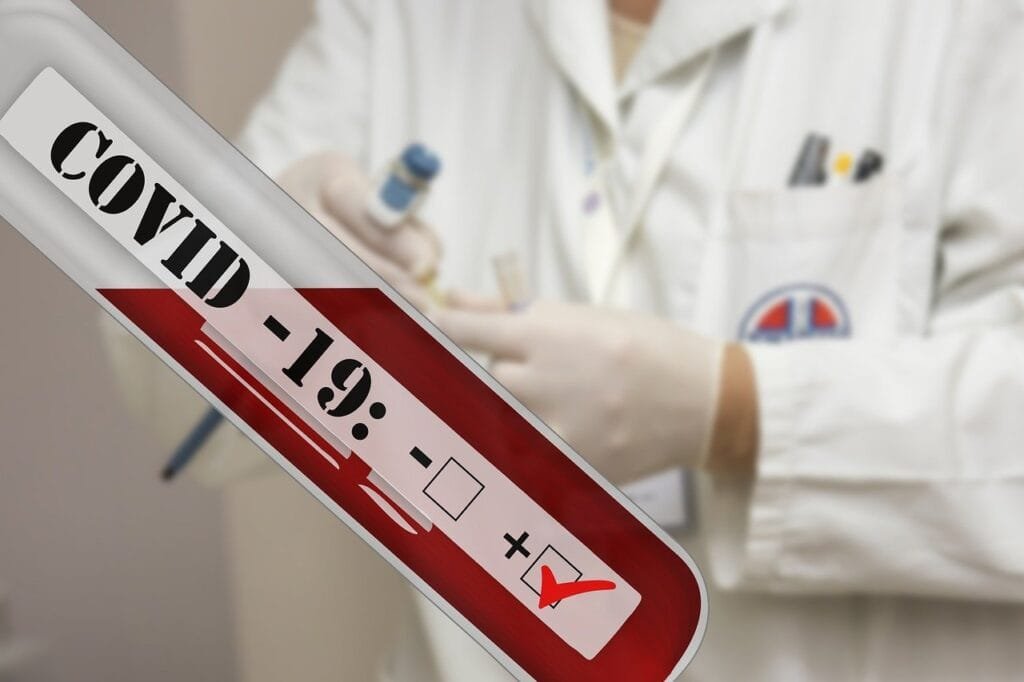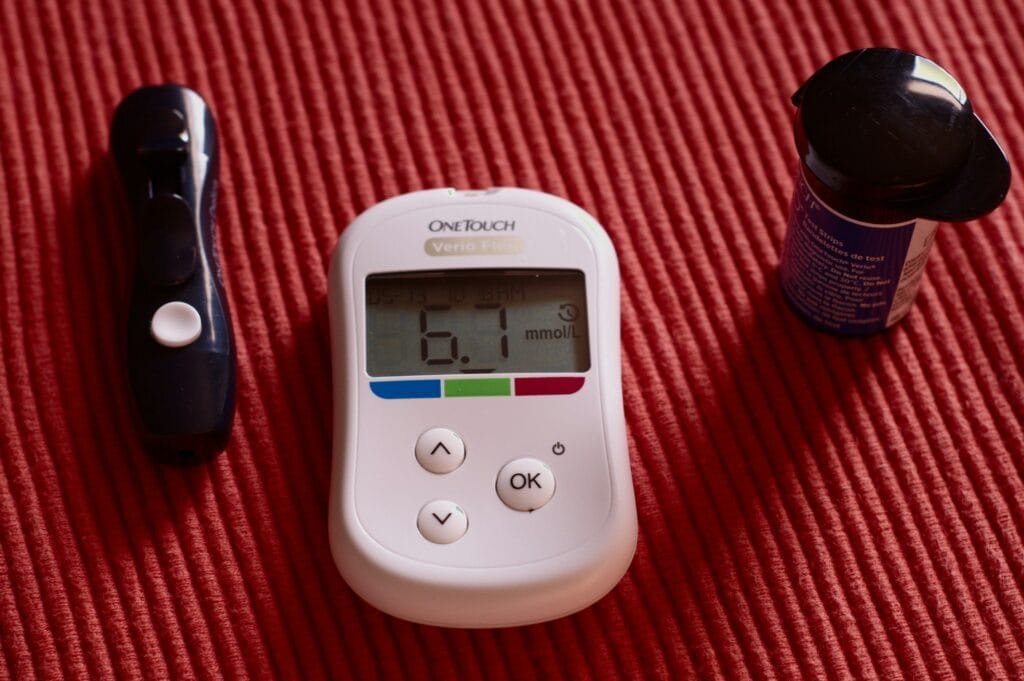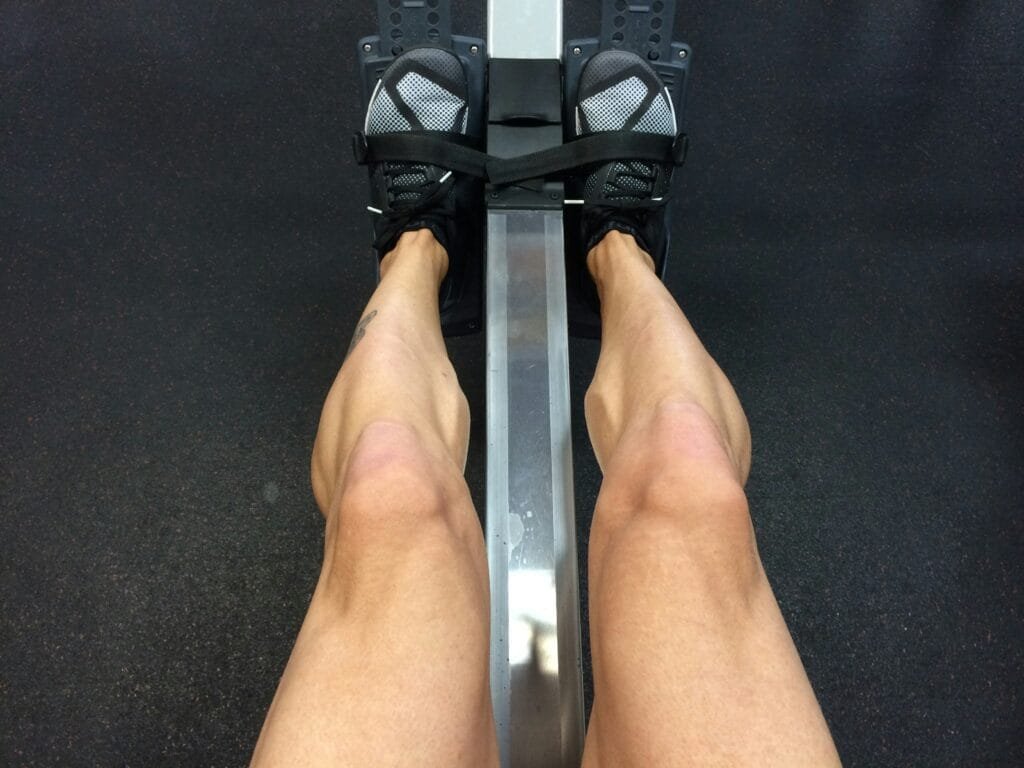💊 Do not rely solely on online content for diagnosis or treatment.
📜 Information here is provided “as is” without any warranties.
Did you know that a simple indoor cycling session can improve memory in ways you might not expect? Studies are now proving what fitness enthusiasts have been raving about for years: this low-impact exercise can do wonders for your brain health. If you’re looking for a natural, fun way to boost your mental clarity, I’ve got you covered. Let’s dive into how indoor cycling can give your memory a powerful edge.

The Science Behind It: How Cycling Impacts Your Brain
First off, let’s unpack the magic behind indoor cycling and its effects on memory. When you’re pedaling away, your heart rate increases, and your body pumps more oxygen-rich blood to the brain. This heightened blood flow supports the hippocampus, the area of the brain responsible for learning and memory. Essentially, every spin class or home cycling session gives your brain a mini workout, helping it stay sharp.
Now, here’s where it gets even more exciting. A recent study revealed that moderate aerobic exercises, like indoor cycling, stimulate the release of brain-derived neurotrophic factor (BDNF). Think of BDNF as fertilizer for your brain cells. It promotes the growth of new neurons and strengthens existing ones, which can significantly enhance memory and learning capabilities.
Real-Life Benefits of Indoor Cycling for Memory
I’ve seen it firsthand—cycling doesn’t just transform your body; it also clears mental fog. Here are some real-life perks of indoor cycling that you can experience:
1. Sharper Focus
If you’ve ever felt scatterbrained or struggled to focus on a task, indoor cycling can be a game-changer. The rhythm of pedaling, combined with upbeat music, creates a meditative state that helps organize your thoughts. After a session, I often feel like my mind has hit the reset button.
2. Improved Recall
Ever forgotten where you left your keys? (Same here!) Indoor cycling enhances short-term memory by improving neural connectivity. Over time, you might notice you’re better at remembering names, dates, and even random trivia.
3. Reduced Stress, Better Memory
Stress can be a memory killer. Indoor cycling lowers cortisol levels (the stress hormone), giving your brain the calm it needs to retain information effectively. Plus, those post-workout endorphins? Pure bliss.
Tips to Maximize Memory Benefits While Cycling
You’re probably wondering how to get started and make the most of these memory-boosting benefits. Here’s what’s worked for me:
- Keep It Consistent: Aim for at least 30 minutes of indoor cycling three to four times a week. Consistency is key to reaping long-term memory benefits.
- Try Interval Training: Alternating between high and low intensity keeps your brain engaged and promotes even more blood flow to those memory-boosting regions.
- Pair Cycling With Learning: Listen to a podcast or audiobook while cycling. This not only makes the session more enjoyable but also trains your brain to multitask.
- Set Small Goals: Whether it’s increasing your speed or duration, achieving mini milestones keeps you motivated and mentally stimulated.
Personal Reflection: Why I’m Hooked on Indoor Cycling
Let me be real with you for a second. I didn’t start cycling because I wanted to improve my memory. I started because I wanted a convenient way to stay fit without leaving the house. But what surprised me the most was how much it improved my mental clarity. I started remembering little things—like where I parked the car or what I needed from the grocery store—without having to write them down.
Now, I look forward to my indoor cycling sessions, not just for the physical benefits but for the mental boost too. It’s like therapy on wheels.
Why Indoor Cycling Beats Other Exercises for Memory
You might be wondering: Can’t I just jog or do yoga for the same benefits? Sure, those are great options, but indoor cycling offers unique advantages. For starters, it’s low-impact, so it’s gentle on your joints—perfect for all fitness levels. Plus, the combination of steady pedaling and engaging music creates a flow state that’s hard to replicate with other activities. It’s the ultimate mind-body workout.
People Also Ask
Can a bicycle improve cognitive function?
Yes, cycling can significantly improve cognitive function. Regular cycling increases blood flow to the brain, enhancing focus, decision-making, and overall mental agility.
Can exercise boost your memory?
Absolutely! Exercise, including indoor cycling, promotes the release of BDNF, which helps grow and strengthen neurons, leading to improved memory and learning capacity.
Does cycling affect mental health and well-being in older adults?
Definitely. Cycling is a low-impact exercise that not only boosts physical health but also enhances mood and reduces symptoms of anxiety and depression, which can positively impact memory and overall cognitive well-being in older adults.
Does exercise increase hippocampus size and improve memory?
Yes, aerobic exercises like cycling have been shown to increase the size of the hippocampus, the brain region critical for memory, thereby improving memory retention and recall.
Does cycling improve e-bike performance?
While traditional cycling and e-biking are slightly different, regular cycling can improve your stamina and coordination, which may enhance your overall e-bike performance by making you a more efficient rider.
Sources and References
- Smith, P. J., Blumenthal, J. A., & Hoffman, B. M. (2010). Exercise and neurocognitive function. Journal of Aging Research.
- Erickson, K. I., Voss, M. W., & Prakash, R. S. (2011). Exercise training increases size of hippocampus and improves memory. PNAS.
- American Psychological Association. (2021). The impact of exercise on mental health.
- Harvard Health Publishing. (2020). The brain benefits of exercise.
💊 Do not rely solely on online content for diagnosis or treatment.
📜 Information here is provided “as is” without any warranties.








